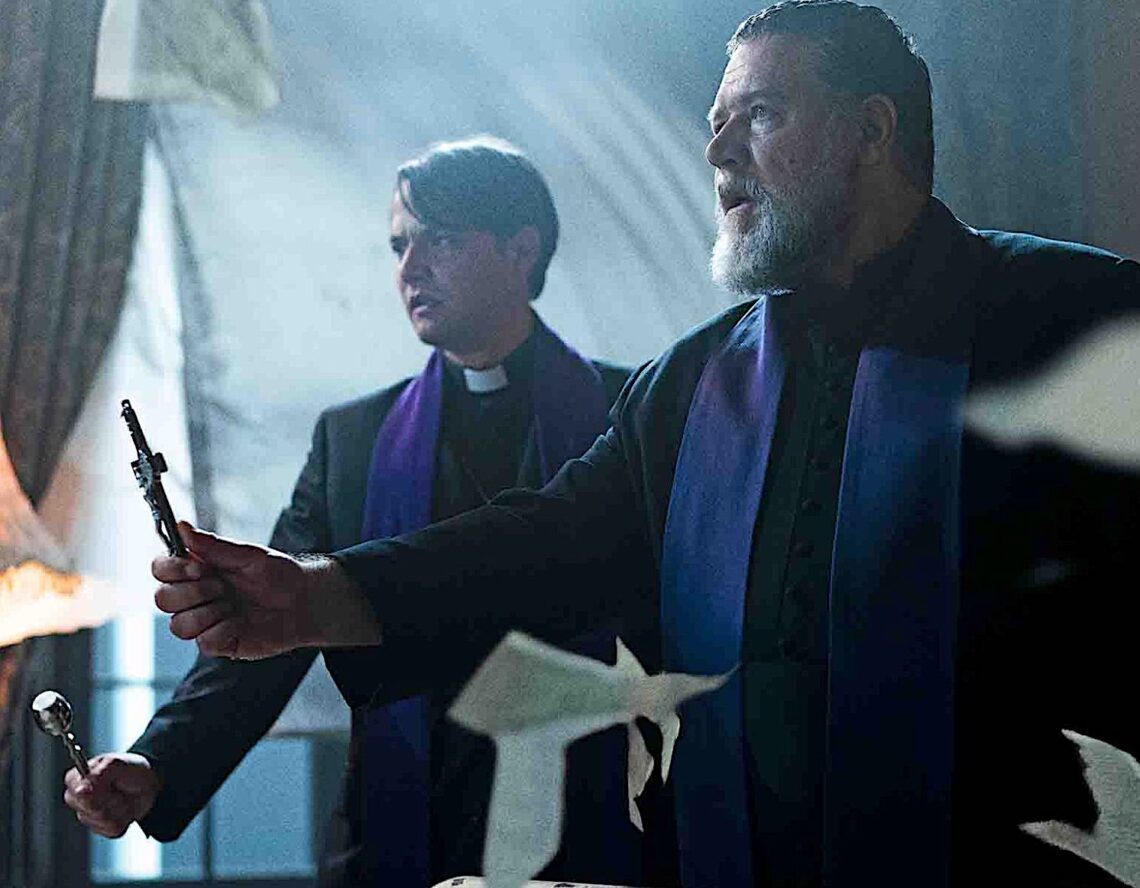The thing about exorcism movies, like the new drooling nonsense The Pope’s Exorcist, is that they’re so, well, Catholic. As Pauline Kael noticed back in 1973 — while even the Vatican didn’t seem to — exorcism horror films, no matter how profane, are hard-sell billboards for the veracity of Christian faith, and particularly the archaic tenets of Roman Catholicism. Simply, if you can get possessed by a demon, then it follows that you have reasonable proof that God and Jesus and Heaven exist; it’s a genre narrative built for the faithful, who want nothing more than to be reassured that prayers can literally vanquish evil. If only. The Holy See “condemned” The Exorcist back then — dildoing that crucifix surely put them over the edge — but that box-office smash made the case for old-school devoutness better than a hundred papal encyclicals.
If that’s your kink. If you’re a recovering extra-ex-Catholic like me, or just a rational filmgoer, these scenarios require a big buy-in. No matter how bloody or screaming-meemies, it’s like the subgenre is always angling to get you on your knees. That is, if you take them at all seriously, which you cannot do with director Julius Avery’s liturgical splooge, a film that ostensibly tells the story of Reverend Gabriele Amorth, the Vatican’s very real bull goose evil-battler, who claimed to have performed tens of thousands of demon-expelling rituals since the ’80s, and who loved writing books about it. The movie is pure bloviating hokum, of course, with Russell Crowe sporting a nice grumbly Italian accent as Amorth, who, after an intro ritual that climaxes with shotgunning a possessed pig, is sent to Spain (he seems to travel the whole way on his Vespa) to investigate yet another gravely-voiced, pupil-morphed, profanity-spewing tween.
Avery is a crude action-movie lout, and The Pope’s Exorcist is clotted with shrieking cliches lifted from other exorcism movies — growling kids, crawling jaunts on…
Read the full article here







